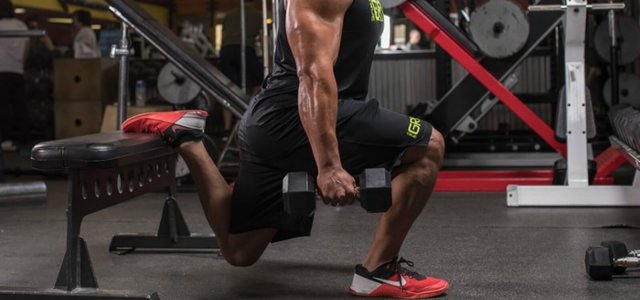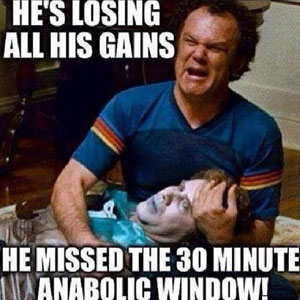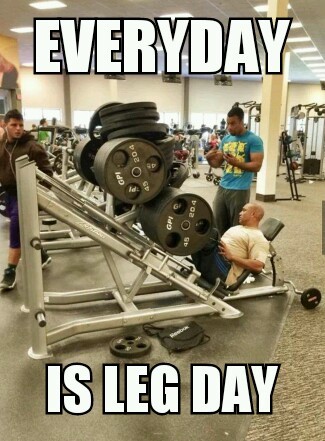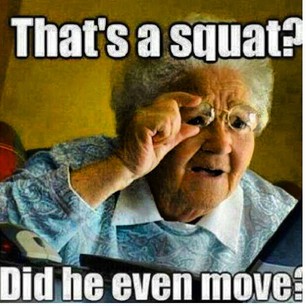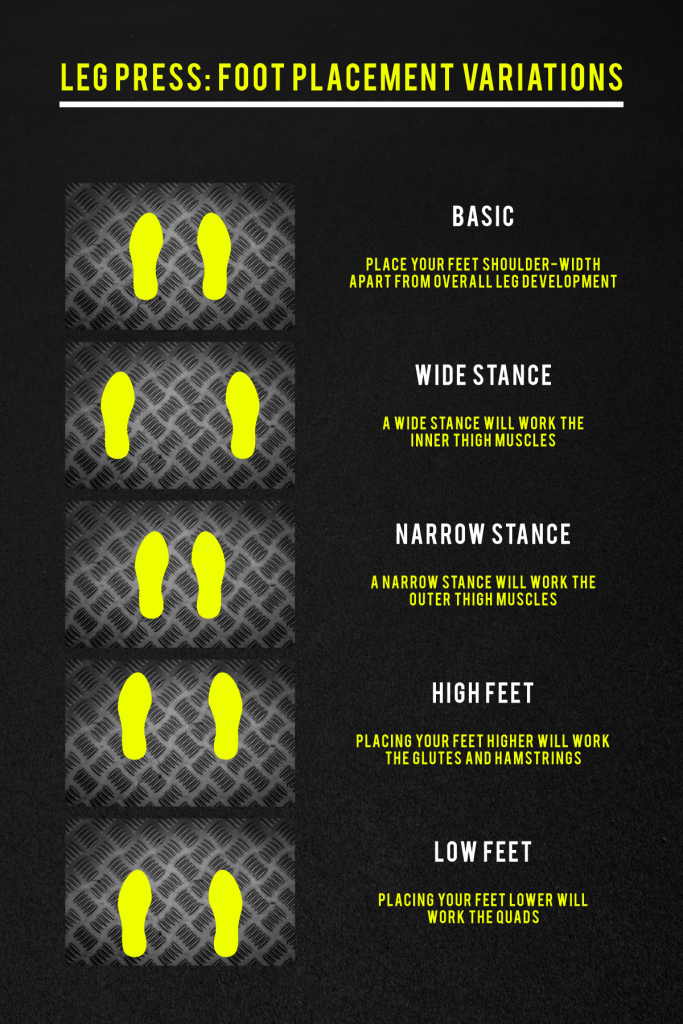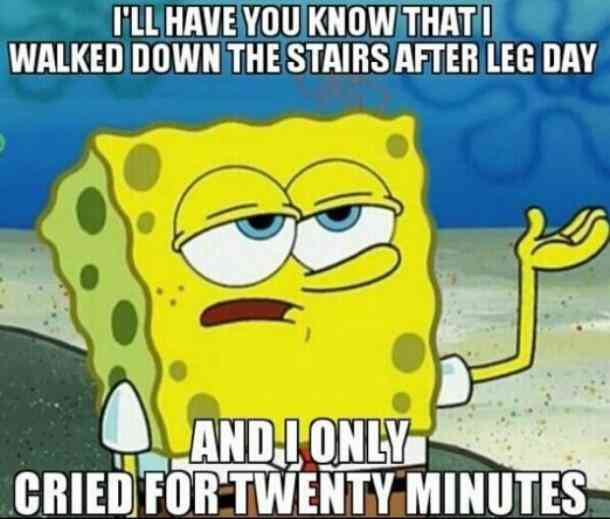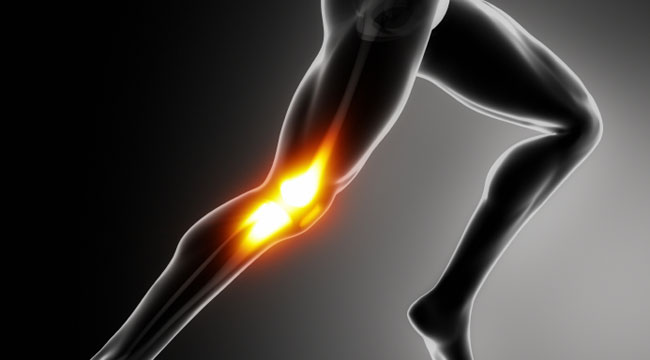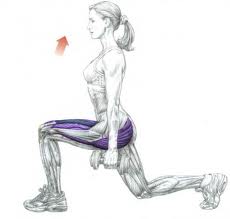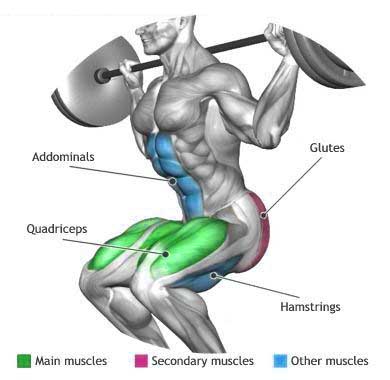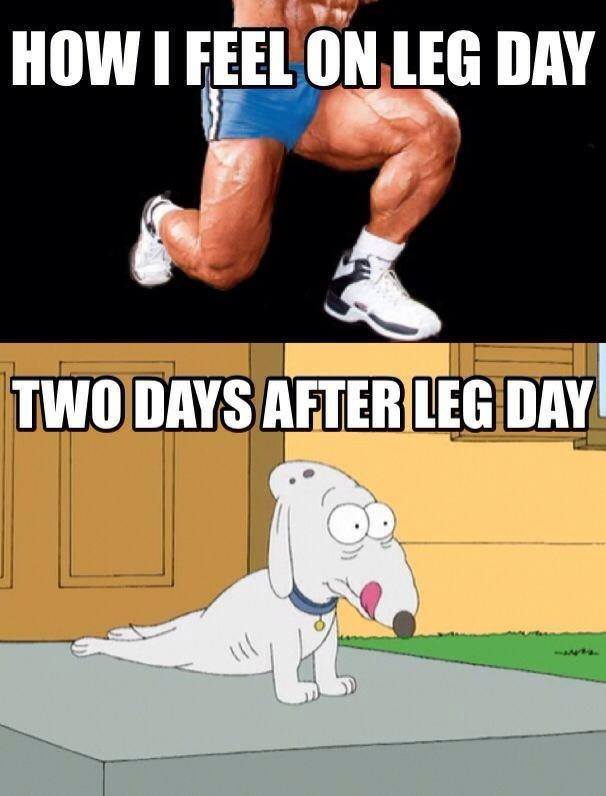10 Leg Day Workout Tips
10 Leg Day Workout Tips
It’s pretty safe to say that over the last couple of years Instagram and Fitchicks have taken over leg day awareness. But with so many new promoters and glute guides available, we think it’s important to tackle down on some tips to ensure your safety and optimal growth. The leg day workout is by far the most loved and hated among gym goers. On top of it being a generally difficult workout to get through, it can take a long time to see growth. Today we’re going to go over 10 tips to help boost your leg day workouts and maximize your gains.
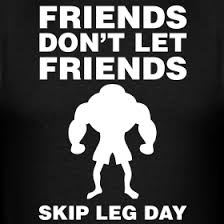
Tip 1 : Don’t Skip Legs
While this first tip might seem like a no-brainer, it’s universally known that leg days have a high tendency to be overlooked and under trained. While you may not enjoy working out legs, not working them out only promotes an unproportional physique and strength. If legs are your weak spot, treat them like it. Train them twice a week or split up the muscle groups throughout the week.
Tip 2 : Don’t Ignore Your Nutrition
Another no-brainer. If you want to gain mass, you need to eat at a surplus. While you can technically increase strength and mass while eating at maintenance, you are depriving yourself of time. If you can complete a task in a hour, why extend it over day, week, or however long. Training smart includes how you fuel your body for each workout and after it. Eating at a surplus doesn’t mean eating bad. You can still have your chicken, rice, and broccoli – just add some more.
Tip 3 : Squat
A leg day workout without some variation of squats, is not a functional leg day workout. No amount of leg pressing will replace squats. Squats are one of the best exercises for increasing mass and strength. They’re a multi-joint movement that involves all the muscles in the legs, glutes, and even engages your abs. There are so many variations of squats, if you’re not yet comfortable battling the squat rack you can work your way up to it. These include body weight squats, plate/dumbbell squats, front squats, goblet squats – the list goes on.
Tip 4 : Full Range Of Motion
As with any and every exercise, if you’re not controlling the positive and negative motion of an exercise you won’t be benefiting from the exercise (as much). When it comes to multi-joint movements like squats, hack squats, and leg press; there’s another aspect of the motion you need to control. How deep you go. Its pretty common knowledge that you want to aim for past parallel, but if you can go deeper do it. Flexibility plays a big role in this and we’ll cover that later on. We’re not saying you need to tap the ground before popping back up in a squat. However, you should keep in mind that the deeper you go, the more efficient your reps will be.
Tip 5 : Foot Placement
A cool aspect to training legs is how easily a small variation can target your muscles more intensely than other variations. On leg presses and hack squats, you have a large platform to play with for foot placement. The lower you place your feet – the more quad focused the exercises becomes. The higher you place them- the more hamstring/glute focused it becomes. This is a great tool if your looking to separate training your muscle groups throughout the week. Also something to keep in mind is how your stance is. If you’re performing a leg exercise at a narrow stance, you’re target more of the outer thigh. A wider stance or sumo stance is going to target your inner thighs, more so.
Tip 6 : Intensity
Training legs can be difficult all on its own but if you’re hitting a plateau or not seeing the growth you want, it could be time to increase the intensity. There’s so many ways to do this. That could include changing your foot placement or adding a superset. A Superset is when two or more exercises hitting different muscle groups are performed in a row without rest between them. Another way to increase the intensity is to increase the weight or rep range. Note that training at high rep range doesn’t mean you have to use a light weight. Push yourself, that’s the point. Next you can try adding in dropsets. A dropset is when you perform an exercise to failure (like real failure not the ‘I’m tired’ failure), then dropping the weight (usually by 25lbs), and starting the next set to failure again. Dropsets are a great way to really burnout or exhaust your muscles.
Tip 7 : Protect Your Joints
The squat rack doesn’t care about your preexisting knee injuries. When you come into an exercise, for any muscle, you need to be in tune with your joints. If something doesn’t feel right, stop, and check your form. For leg exercises, to help avoid knee injuries never point your toe inward or too far outward. Doing so puts more pressure on your knees. Also, avoid locking out. Leg exercises generally require a slight bend in your knees anyways. If you’re going heavy, you may want to consider getting knee sleeves and a lifting belt for additional support. Secondly, to protect your spine you want to avoid curling your back on dead lifts and squats. And, avoid turning your head. Optimal positioning would be to keep your chest up, abdomen tight, back straight, and looking forward.
Tip 8 : Isolation
While we all like an empty gym, that’s not the type of isolation were talking about. Because most of us are either right or left dominant, your dominant muscles are going to work harder and take over exercises. That’s why we recommend adding in isolation exercises to every workout not just your leg day workout. Some great leg isolation exercises include: lunges, split leg squats, and single leg dead lifts.
Tip 9: Stability
Stabilizer muscles as you can probably guess, help keep us physically stable. When your stabilizers are weak, you put extra stress on the primary movers in an exercise; reducing overall strength. The good news is that when you’re training free weights like dumbbells and barbells, you are training your stabilizer muscles as well. But if you feel like you’re not balanced during compound lifts, you could benefit from strengthening your stabilizer muscles. For squats, the quads, hamstrings and gluteus maximus are doing the majority of the work to move the load, the abductor muscles must work to keep the hips and thighs stable. If they’re underdeveloped or inactive, that can lead the knees to collapse inwards.
Tip 10 : Flexibility And Mobility
Working on flexibility and mobility is going to improve all of your workouts, not just your leg day workout. By working on flexibility you improve your range of motion. Therefore increasing exercise efficiency and decreasing the chance of injury. Working on your flexibility and mobility doesn’t necessarily have to be before or after a workout, you can do it on your rest days as well. But most lifters would agree that warming up, stretching can improve the quality of their reps when done prior to their workout. To improve your flexibility and mobility you can do a handful of things; such as foam rolling or dynamic and static stretching.
